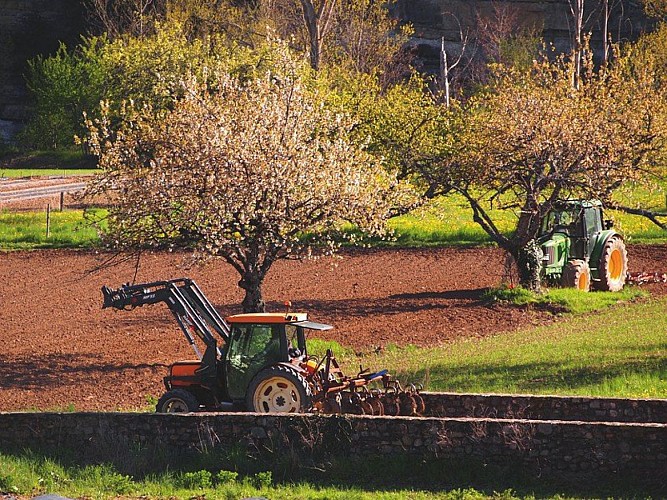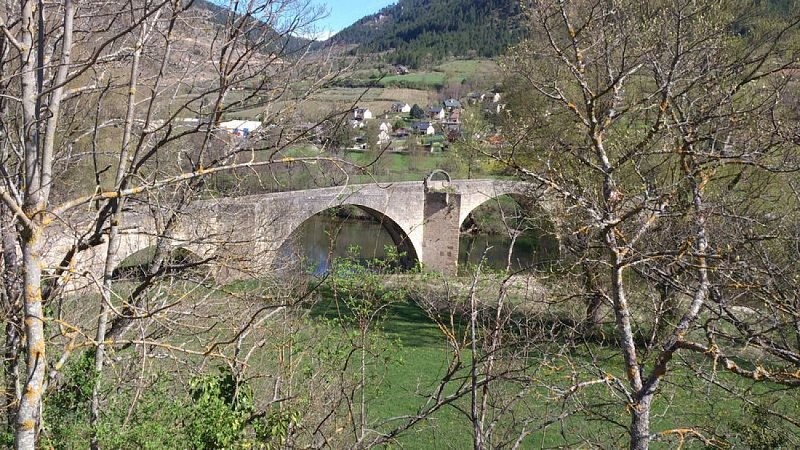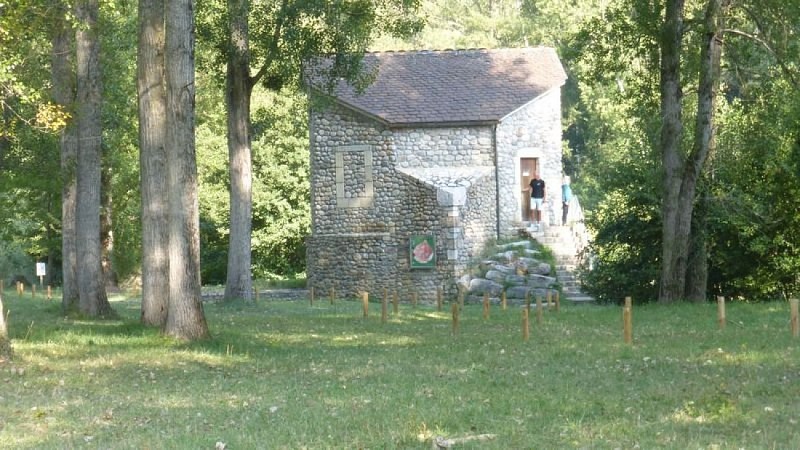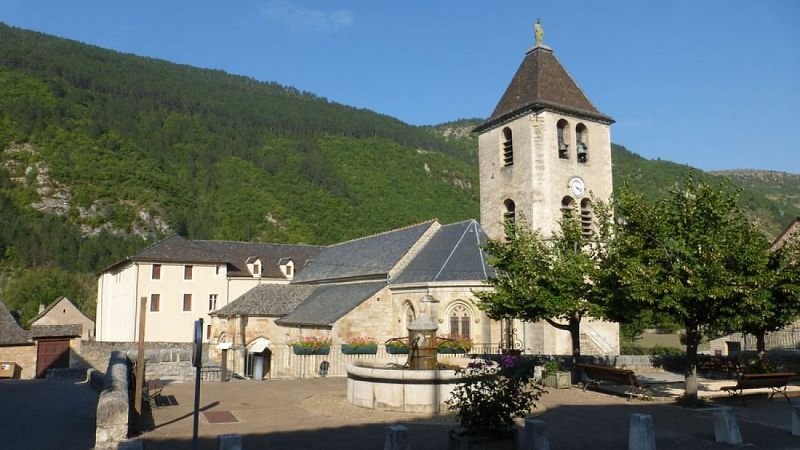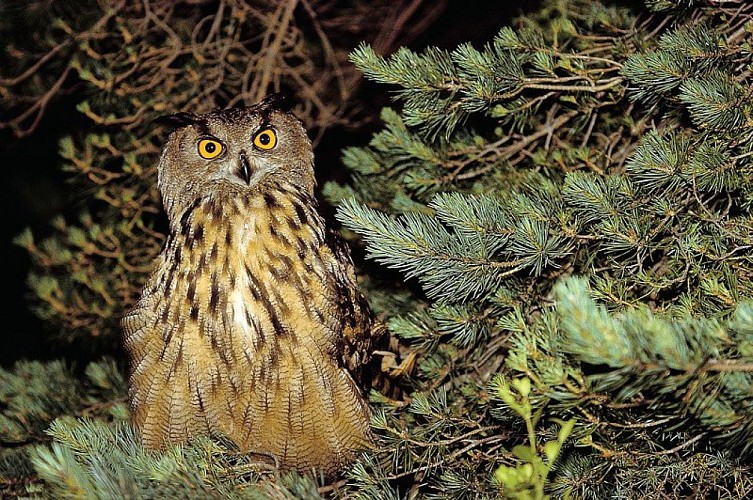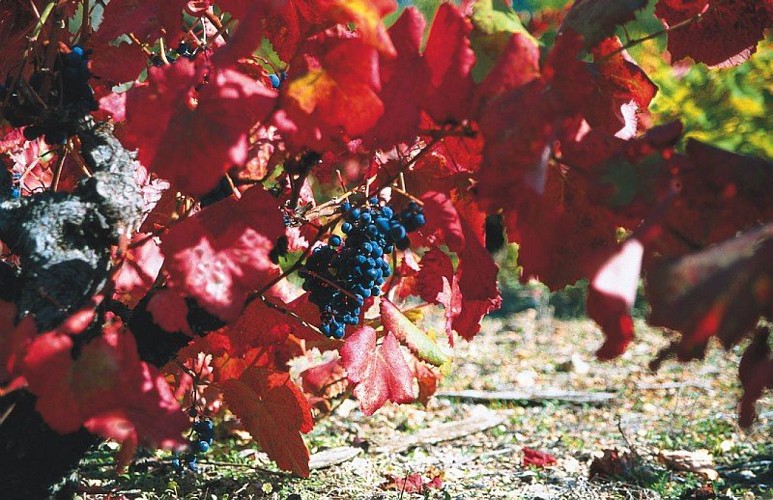Alert
Alerts
The Quézac River Bend (by mountain-bike)



IGN cards
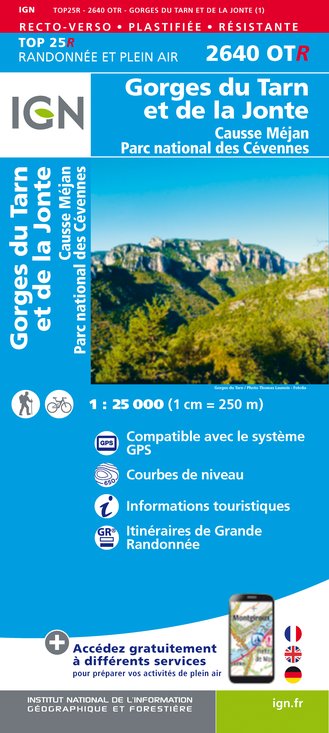








Description
Quézac or Ispagnac: impossible to choose between! An ideal circuit with young children, despite a few relatively short technical sections.
Mountain-bike route #4. From the car park, go down towards the river Tarn and through the gardens. Cross the bridge to Quézac. At the town hall (mairie), turn right towards the Tarn and reach Notre-Dame de Quézac. Leave the village in the direction of the Causse Méjean. Take the track going uphill to Javillet. Continue on this track to get down to the reservoir and then to Quézac bridge. On the other side of the bridge, take a small path on the left towards Molines, In Molines, turn right onto the D 907 bis for a few metres (go past the Quézac bottling factory) and turn left to take the road leading to Espinards/Salançon. Well before Espinards, at Point 619, leave the road for a track suitable for motor vehicles on the right, which joins up with a path going downhill to Ispagnac.
Technical Information
Altimetric profile
Starting point
Points of interest
Additional information
Departure
Ispagnac
Arrival
Ispagnac
Ambiance
This circuit takes you through the town gardens of Ispagnac, which are well-known for their vegetable plots, orchards, strawberries and grapes. It then leads you on a discovery trip through Quézac with its miraculous spring!
Access
From Florac, take the N 106 towards Mende, then the D 907bis (Gorges du Tarn) towards Ispagnac (car park opposite the pharmacy
Advised parking
Car park opposite the pharmacy
Advice
You are strongly advised to wear a helmet. The route is stony. Do not forget your repair kit and a small set of tools.
Data author

